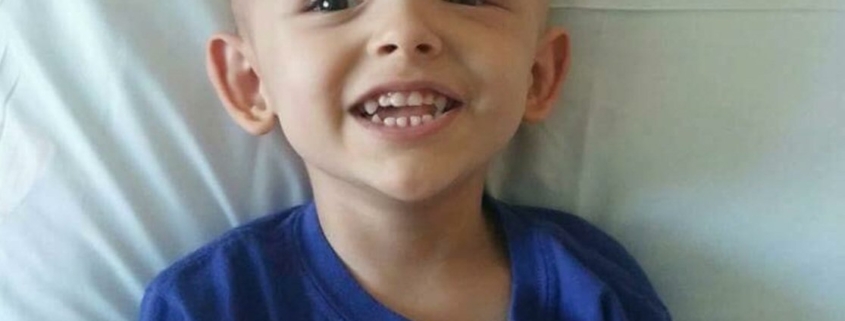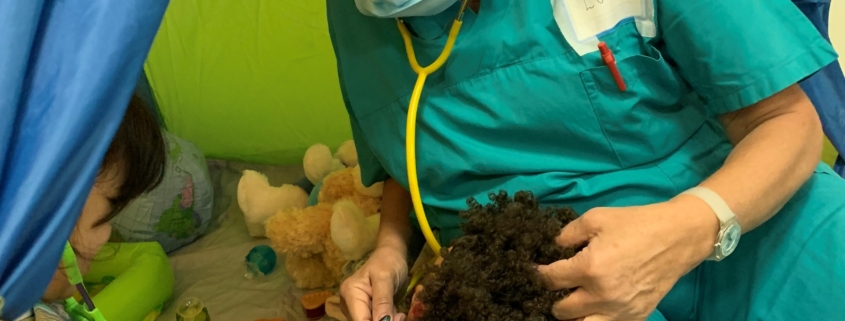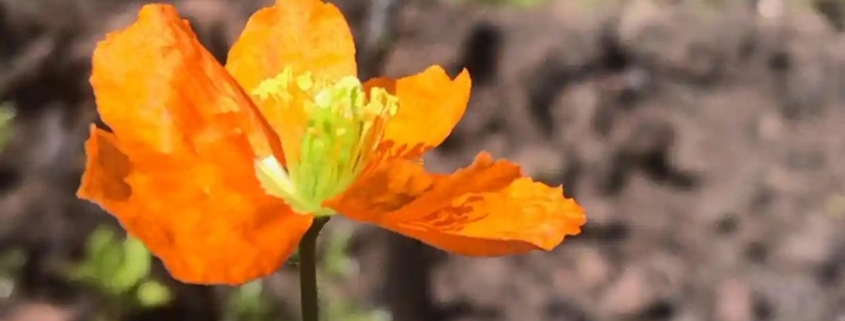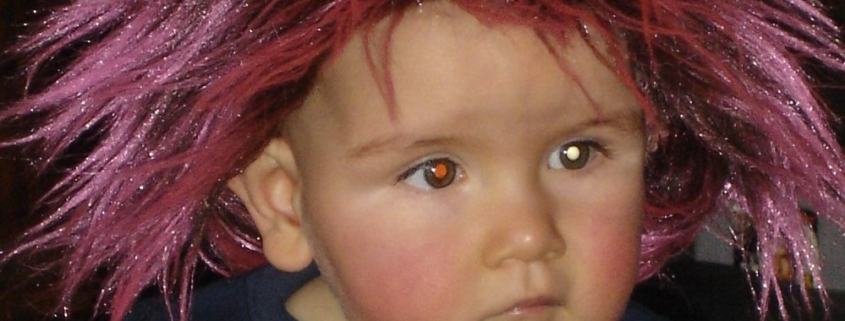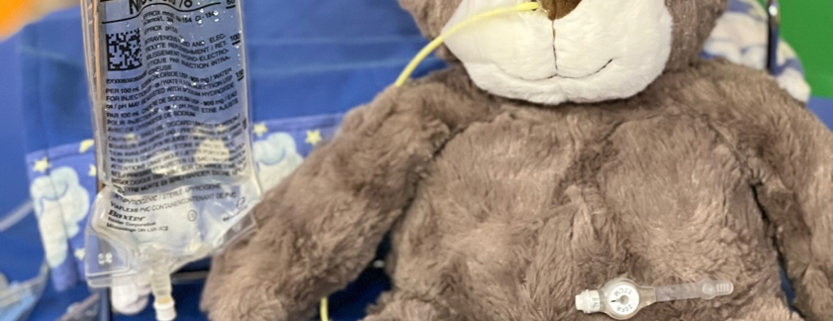Under-Treatment and Over-Treatment of Retinoblastoma
Retinoblastoma care is a complex balancing act. Some children receive too little treatment, while others receive more than necessary, with potentially devastating results. Sharing two children’s stories, Rb survivor Abby White explores what under- and over-treatment are, when they may happen, their consequences, and how we can prevent them.

